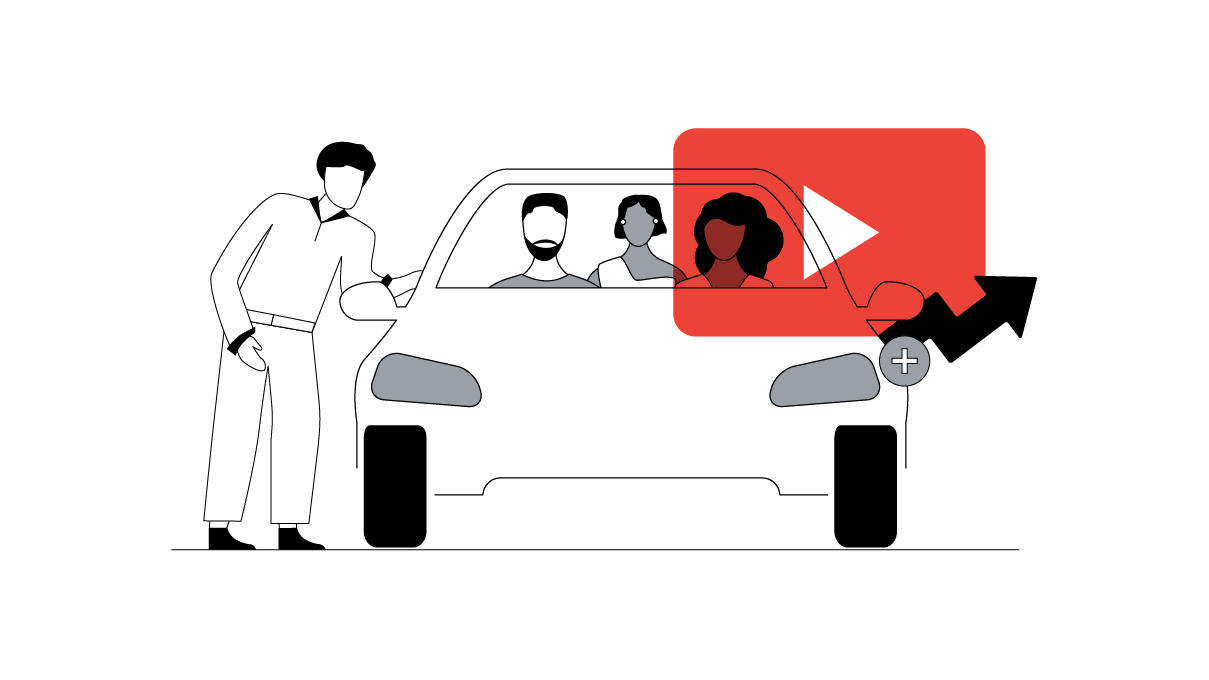Cause marketing has become so popular that people are becoming increasingly cynical of it. Tim Scott, CMO at Land O’Lakes, explains how brands can overcome customer skepticism.
When I first joined the advertising industry over 30 years ago, marketers focused more on selling products than on aligning their brands with noble causes. It’s safe to say that things have changed since then. For example, between 2012 and 2017, cause-related ads on YouTube grew 4X among the top 100 brands.1

But as more and more brands embrace cause marketing, people are getting increasingly cynical. A 2016 survey found that almost half of respondents somewhat agreed that this type of marketing is “just spin.”
This doesn’t mean brands should give up on cause marketing, but it does mean they need to think harder about how to approach it, to ensure people don’t misinterpret it as an opportunistic attempt to make more money.
Here are three things we at Land O’Lakes — a mission-driven company since our beginnings almost a century ago — learned from a recent campaign. They might just help you avoid falling into the cause marketing trap.
Pick a cause that tightly aligns with your brand
As a brand, it can be tempting to align yourself with the most popular causes — even if they have nothing to do with your product or mission. But people are starting to see through that approach. For example, brands that do little to campaign for LGBTQ+ rights throughout the year have been heavily criticized for jumping on the bandwagon around Pride.
It’s not just the message of cause marketing campaigns that’s important — it also matters who is featured in them.
Instead, make sure the focus of your cause marketing is something you already care deeply about. For example, at Land O’Lakes, we’re constantly working to try and upend long-standing stereotypes people have of the farming industry. Contrary to popular belief, farmers aren’t all old, bearded men who live in red barns. In reality, 30% of U.S. farming is done by women. Women own farms, manage them, and work on them. They do it all.
In our recent video campaign, we wanted to highlight these women and their stories. So we partnered with Nashville artist Maggie Rose to create a music video, rewriting the most famous song about farming, “Old MacDonald.” Rose worked with country songwriter Liz Rose to put a twist on the song and renamed it “She-I-O.” It brought attention to a great cause that was tightly aligned with what we, as a member-owned cooperative, are already working to do — highlight the amazing work of all our farmers.
As Fast Company pointed out, ours is not a brand that’s immediately linked to pop culture, but because the effort was so closely tied to our product and brand values, it resonated.
Make your cause marketing inclusive
It’s not just the message of cause marketing that’s important — it also matters who is featured in your campaigns. This might sound really obvious, but it’s still something that some advertisers struggle with.
Brands have aligned with issues and causes for years, but people don’t trust words — they trust actions.
If you’re running a campaign on a particular issue, consider featuring those who are closest to it. Once we decided we wanted to highlight the lives of women farmers, it made sense that we would turn to those same people for help. We worked with a team of mostly women from the Martin Agency to help us execute this campaign. The music video we created featured generations of women from the Dotterer family — real-life female farmers from the Land O’Lakes cooperative. We then went one step further and partnered with The Female Farmer Project to produce a three-part documentary series called “In Their Words,” which features incredible, inspiring stories of women in farming. Video offered us the opportunity to show, not just tell, consumers about the people behind our products.
Follow up with action
Brands have aligned with issues and causes for years, but people don’t trust words — they trust actions. That’s why it’s important to put your money where your mouth is and ensure that you’re really doing your part to make a difference for the causes you’re aligning with.
When we first started researching our campaign, we discovered that 3.1 million food-insecure households are led by single women. Knowing that our brand mission is to “feed human progress,” we saw this as the perfect opportunity to follow up on our cause marketing campaign with concrete actions. To do so, we partnered with Feeding America to donate $1 for every “She-I-O” view, share, tag, and comment, meeting our donation goal of $100,000.
As cause marketers, we have to walk more than we talk. In other words, we have a responsibility to not only take a stand, but to take action as well.





